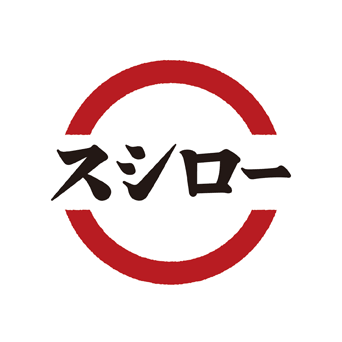
Powering Global Success: How Cloud Infrastructure Fuels Sushiro’s Rapid Overseas Expansion
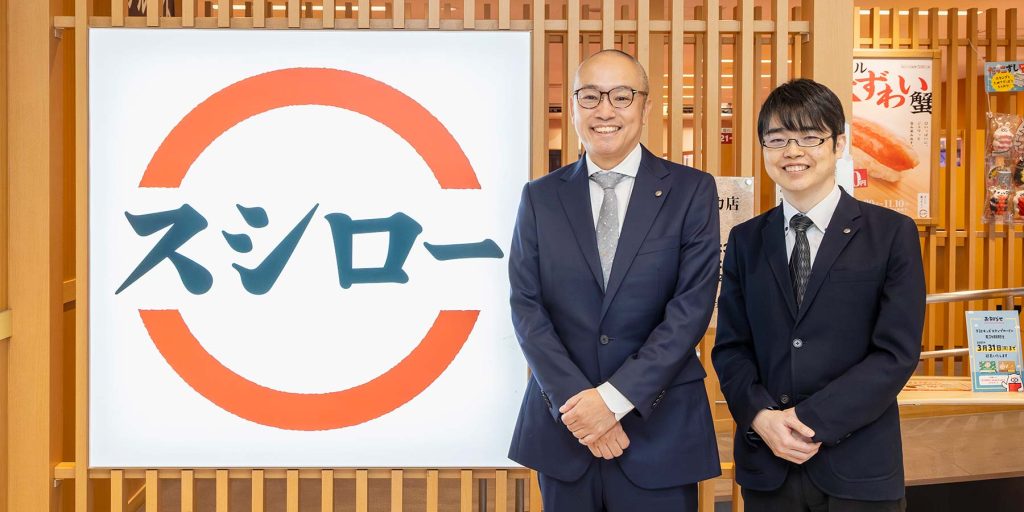
Date Published:21 APR 2025
The flagship business of FOOD & LIFE COMPANIES, the revolving sushi chain “Sushiro,” has been accelerating its overseas expansion in recent years, particularly in the Asian region. Since the core parts of the IT system are replicated and reused from those developed in Japan and deployed at each location, the company is able to launch its operations overseas quickly. This system infrastructure runs on Amazon Web Services (AWS). Supporting the company’s IT as a partner is Classmethod, which provides comprehensive support services for AWS.
(This article is a reprint of a roundtable discussion originally published in the Nikkei Business Online Edition in January 2025.)
Sushiro’s global expansion accelerates by building on a Japanese core and incorporating local elements
FOOD & LIFE COMPANIES (F&LC) operates various food service businesses, but the overseas operations of its core brand, Sushiro, have been particularly remarkable
Ogawa: Our first overseas venture was in South Korea in 2011, which presented quite a few challenges. However, our second venture in Taiwan in 2017 quickly gained traction, acting as a catalyst for our international expansion. Today, we operate stores in Mainland China, Thailand, Singapore, Indonesia, and other countries. We currently have 655 stores in Japan and 174 overseas, with plans to open new locations in the United States and Malaysia. Our overseas Sushiro operations now contribute nearly half as much operating profit as our domestic operations (as of SEP 2024 FY).
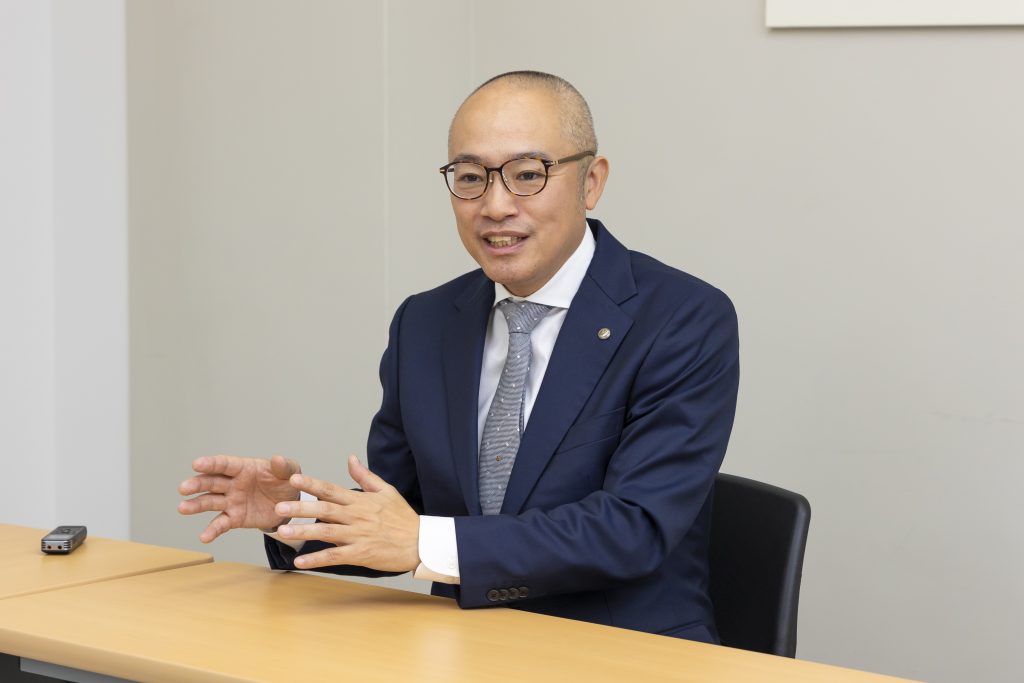
Satoshi Yokota (Chief Executive Officer, Classmethod): What would you say are the key factors behind the success of your overseas business?
Ogawa: The key would be talent development and consistency in product quality. We aim to replicate the taste of our Japanese offerings as closely as possible. The foundational systems and operations come from Japan, and we layer local elements on top. This hybrid approach allows us to maintain quality while adapting to local markets.
Yokota: So it’s like Japanese rice with locally-sourced toppings!
Sushiro is also known as a leading IT user.
Ogawa: We have promoted IT adoption from an early stage, such as receiving orders through touchscreen panels. By using IC chips installed on the bottom of sushi plates, we have collected data and analyzed customer ordering behavior. In addition, we utilize IT in many other areas. This synergy between our business model and technology may be considered a unique characteristic of operating a revolving sushi chain.
Yokota: You also adopted cloud technology quite early. When AWS launched its Tokyo Region in 2011, Sushiro became a user in 2012.
Please tell us how you came to know about Classmethod.
Sakaguchi: It was around 2013. We had been running a data analysis system on AWS using data from IC chips embedded in our sushi plates, but we were struggling with performance. After consulting with Classmethod, they resolved the issue quickly and effectively.
Classmethod Cloud Division Ryo Suzuki: We supported the fine-tuning of both the AWS infrastructure and the applications running on it. Initially, the client tried scaling up the servers in response to performance issues and business growth, but after we identified the bottlenecks and provided optimized configurations, they adopted our recommendations and successfully reduced server costs to one-eighth of the original.
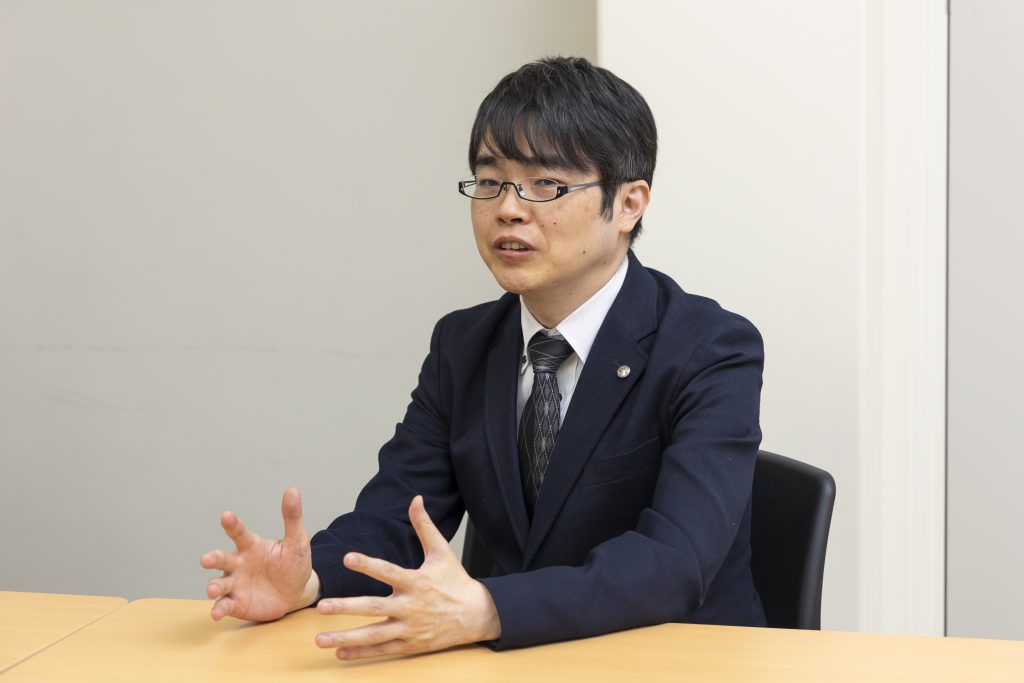
Sakaguchi: We were initially working with a different AWS vendor, but when we reached out to AWS for better support, they introduced us to Classmethod.
Ogawa: Since then, Classmethod has been an indispensable partner.
Streamlined Global Expansion through System Reuse — Easy Market Entry and Exit with Minimal Upfront Costs
For companies expanding overseas, building IT systems is a major hurdle.
Ogawa: In our case, the structure of our stores is essentially the same in Japan and overseas. The same applies to our systems, rather than building something entirely new, we replicate and reuse the proven systems we’ve developed in Japan for each overseas location. Some companies opt to build a single, massive global system. That’s not our approach. We prefer to roll out the same Japanese system across each country and region individually.
Yokota: By replicating systems, we can rapidly launch overseas operations while enabling centralized data analysis, demand forecasting, and security governance from our Japan headquarters. It’s a model that truly maximizes the full value of AWS.
Ogawa: Of course, making a system “replicable” is no small feat. The Japanese architecture had to be modular and designed with replication in mind.
Yokota: That’s a major undertaking, especially with legacy systems, which often have tangled codebases. The system has to be restructured into separate layers and modular components that can be plugged in or removed as needed.
Ogawa: In the early 2010s, we designed our system architecture with the cloud in mind, extensible and easily adaptable to overseas markets. That decision has since paid off by dramatically accelerating our business speed.

Yokota: Had you chosen on-premise infrastructure, overseas rollouts would have required coordination between local data centers, system integrators, and intermediary Japanese vendors. This adds significant time and cost. The cloud removes all of that friction.
Ogawa: Cloud infrastructure allows us to minimize upfront investments when entering new markets. That encourages experimentation, and even makes it easier to exit if needed. With heavy initial investments, businesses tend to delay withdrawal decisions, which can be risky. The flexibility of the cloud supports bold expansion.
Keeping Pace with AWS Innovation Through Expert Support
Building Advanced IT Systems Requires a Significant Number of Engineers
Ogawa: Despite our 361.1 billion yen revenue¹, our IT department is relatively small. Our Japan HQ has 14 staff members, and each overseas entity has just two or three IT personnel.
(1) as of SEP 2024 FY
Sakaguchi: Given the limited size of our team, external support is absolutely essential. While technical knowledge is important for us in the Information Systems Department, what matters even more is being attuned to the needs of those on the ground and working together to solve real issues. That’s why we count on expert partners like Classmethod. For instance, Suzuki constantly monitors our AWS environment and often identifies issues before we even notice them ourselves.
Suzuki: We periodically review Sushiro’s system health and notify Sakaguchi when something unusual is detected. This kind of proactive support is available within AWS’s ecosystem.
Ogawa: There was once an application failure that impacted customers. Even though it wasn’t within Classmethod’s direct scope, we reached out, and immediately received actionable advice. We followed it and the system not only recovered, but also performed better. AWS evolves rapidly, with new features and services launching frequently. Keeping up with it all is tough, but Classmethod stays on top of it for us.
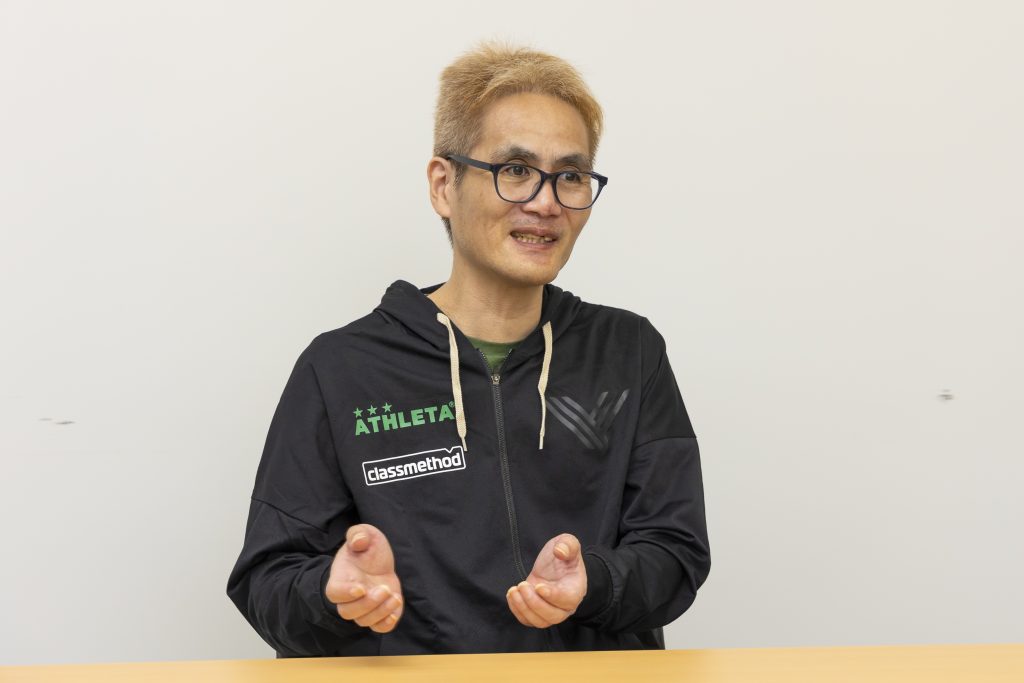
Suzuki: We closely monitor AWS developments and share insights through our tech blog, DevelopersIO. If we spot something that could benefit Sushiro, we recommend it—like saying, “We’ve got some fresh ingredients* for you!”. If you adopt it, we’ll also support implementation and give feedback to AWS.
*The word neta used in the original Japanese interview can mean both “sushi topping” and “content” or “idea.” The speakers play on this double meaning to humorously describe both sushi ingredients and fresh technical solutions.
How do you train overseas IT staff and ensure smooth communication with Japan?
Ogawa: Recently, we invited team members from our China offices to our Osaka HQ for a three-month program. They lived and worked with our Japanese staff, learning the system architecture and design philosophy firsthand. This deepens mutual understanding and greatly improves post-training communication.
Please tell us about your future prospects.
Ogawa: Our top IT priorities moving forward are strengthening our data platform and enhancing security. We expect Classmethod to continue supporting us—not only in these areas, but across our entire system landscape.
Yokota: We’ve supported Sushiro with AWS at the core, and our partnership continues to expand. Seeing a Japanese company thrive overseas thanks to strong systems is rewarding for us as well. We’re committed to helping more companies enhance their competitiveness through IT.
This case study uses AWS Global Utilization Support.
For global companies that face challenges due to differences in IT infrastructure environments between countries and regions, we provide total support for efficient and consistent IT infrastructure operations, including multilingual technical support, cost optimization, compliance measures, and local staff training.

